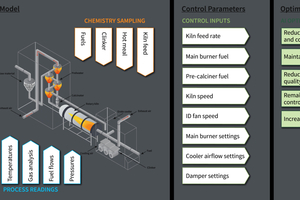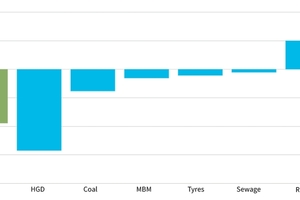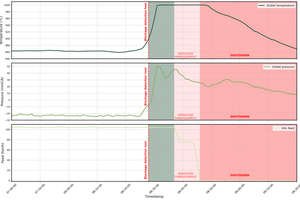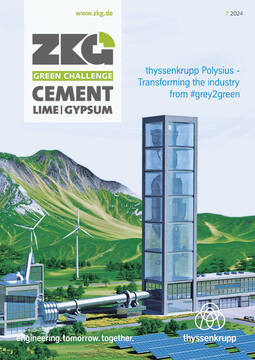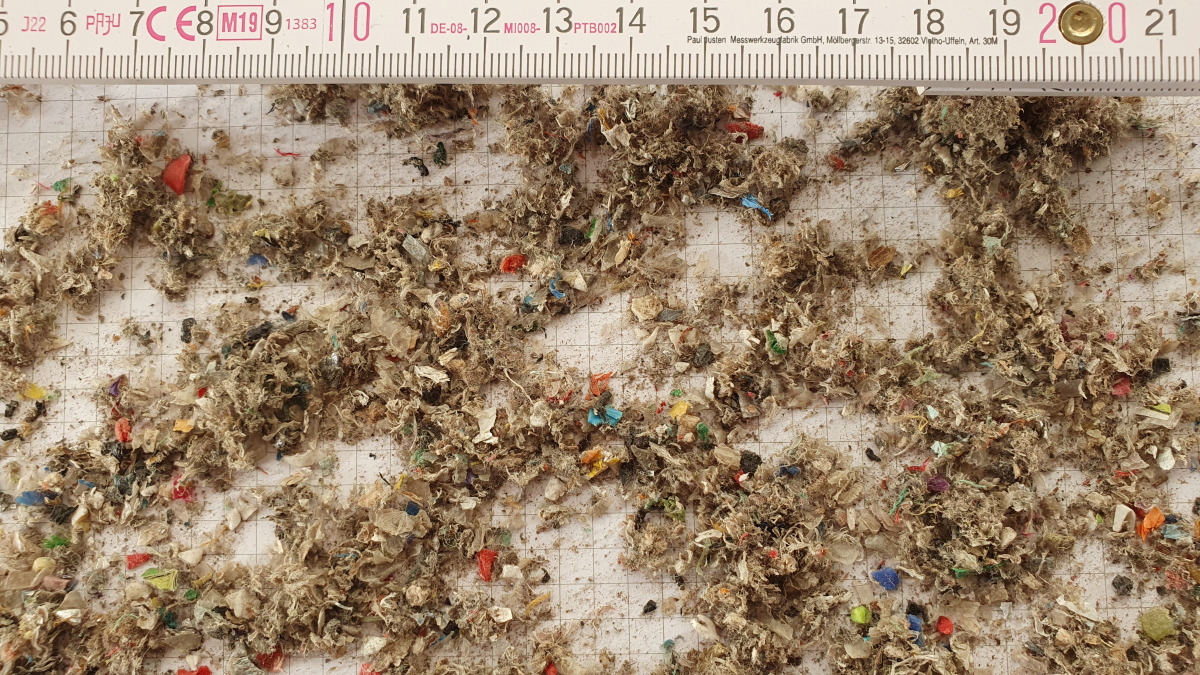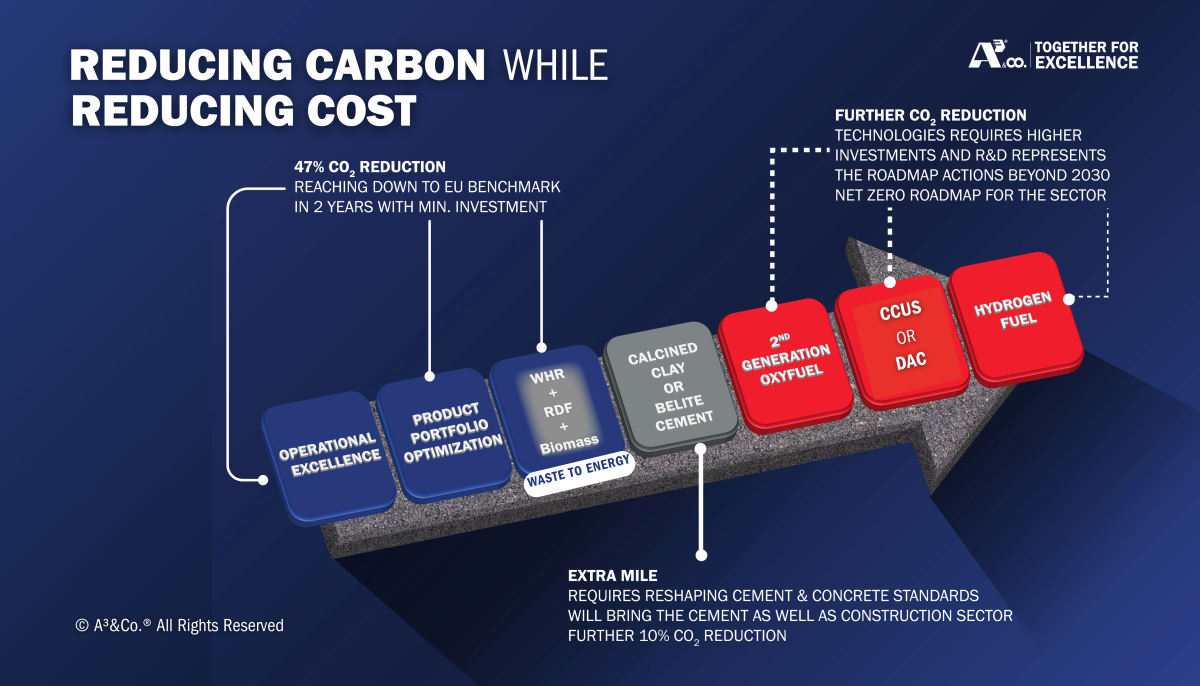AI-powered decarbonisation
As the largest source of industrial greenhouse gas emissions and a key material in modern infrastructure, decarbonising cement production is crucial for tackling the climate crisis. While cement companies acknowledge this challenge and are eager to innovate for improved sustainability, most significant emissions reductions are not expected until after 2030. Many rely heavily on Carbon Capture and Storage (CCS) technologies as the primary pathway to decarbonisation, however widespread implementation of CCS is unlikely before 2040–2050.
This technology is an essential component of the industry’s decarbonisation strategy, but to delay the bulk of emissions reductions to 2040 represents an enormous missed opportunity, both for the industry and for the planet.
The “time value of carbon,” which emphasises the urgent need to reduce emissions by 2030, is a critical yet often overlooked concept. Greenhouse gases emitted today will remain in the atmosphere longer, causing more harm than those emitted later. Therefore, the most impactful action we can take to influence future global temperatures is to reduce emissions now. We can keep global temperature increases below 2 °C even if we miss our 2050 targets. But if we miss our 2030 targets, a rise of greater than 2 °C is guaranteed.
Embracing new decarbonisation technologies today
Fortunately, as well as preparing for the future - many significant players in the cement industry, including Carbon Re’s partners at Heidelberg Materials and Secil, are striving to achieve ambitious decarbonisation goals in the short to medium term. Predominantly focusing on ‘low-hanging fruit’ decarbonisation opportunities derived from improved energy efficiency and increased alternative fuel use, these industry leaders are embracing the toolkit of existing digitalisation technologies to reduce their emissions.
This includes Carbon Re’s AI-powered kiln optimisation software. By targeting the pyroprocess stage, Carbon Re reduces fuel consumption and carbon emissions, helping plants to achieve sustainability targets as well as substantial fuel cost savings and enhanced operational efficiency beyond what current control technologies offer.
As Ricardo Carvalho, Chief Digital Officer at Secil says: “Sustainability is a key part of Secil’s overall company strategy. We want to reduce our energy consumption and CO2, as well as increasing throughput and quality. Tools like Carbon Re can help us get there.”
At Carbon Re, we collaborate closely with our customers to deploy advanced AI techniques tailored to each plant’s unique decarbonisation and efficiency goals, integrating directly with the plant’s Advanced Process Control (APC) systems, such as ABB Ability™ Expert Optimizer and FLSmidth Cement‘s ECS/ProcessExpert®. Our AI models are continuously updated in closed-loop control, effectively simulating complex chemical and physical processes to provide dynamic set-point adjustments to support such as optimising and managing fuel-mix variability.
With AI-optimised models customised for each kiln, operators can confidently increase the use of alternative fuels and expand the variety of alternative fuels used to cut fuel costs and emissions. Examples are outlined below.
Fuel cost savings and carbon emission reductions at Heidelberg Materials Mokra Plant
With Carbon Re deployed in closed loop at the Heidelberg Materials Czechia, the team at the Mokra Plant observed a 4.1% reduction in fuel cost index and a 4.5 kg/t of clinker (~2%) reduction in fuel-derived carbon emissions, and a 33% reduction in C3S variance in the first month of operation.
These results were validated by comparing fuel inventories from a full month of closed-loop control with those from the previous month before the system was implemented (see Figure 2, above).
AI-optimised combustion to reduce fuel consumption
In cement production, ensuring complete combustion without over-burning fuel is crucial. Fuel accounts for 25% of OpEx, and nearly 50% of carbon emissions, so optimising production saves money at the same time as reducing the environmental impact of cement.
Avoiding incomplete combustion is a priority, but to continually update the O2 target to avoid any excess combustion air requires constant data analysis and process monitoring by the engineering team. As a result, plants are typically run at an O2 target that will safely avoid incomplete combustion, but when the fuel mix results in a lower air requirement this can lead to excess combustion air. As a result, thermal substitution rate (TSR) and/or production can be limited by room on the fan, when there may be scope for operating at a higher production or TSR during some of the production run.
Carbon Re’s Oxygen Target Recommender uses advanced AI models to continually assess fuel combustion performance and predict changes in the kiln environment in real time. The predictive power of our AI is transitioning plants to be proactive instead of reactive. This enables more efficient combustion, minimises fuel waste, reduces specific heat consumption and saves on fan power and electricity costs. All while operators and process engineers focus on higher-value projects rather than the minutiae of kiln control.
Importantly, our customers have reported significant improvements in combustion efficiency since integrating our Oxygen Target Recommender, all while maintaining production capacity and without increasing other pollutant limit breaches. The impact is typically around a 10 kcal/kg reduction in specific heat consumption, which can be leveraged to reduce fuel use and cost - or increase production.
Managing blockages and fuel-mix variability challenges
Switching to less carbon intensive “Alternative Fuels” is a widely adopted lever supporting decarbonisation in the cement industry today. However, with the increased use of heterogeneous alternative fuels new complications emerge, notably in the form of buildups within cyclones and kilns. These buildups can impede airflow and material movement, leading to decreased efficiency and potential shutdowns.
Current processes to detect blockages, such as measuring the levels of chlorine and sulphur, can only identify the increasing likelihood of an issue rather than actually predicting when a blockage will happen.
Carbon Re has identified how to apply our AI models to the real-time data from pressure, temperature, and gas analyser sensors to detect early signs of build-up and other operational anomalies. Our model provides earlier warnings compared to existing systems, allowing for preemptive measures to prevent potential blockages and avoid costly unplanned shutdowns and ultimately enabling a further increased use of alternative lower carbon fuels.
Figure 3 illustrates how our blockage detection tool can identify and flag anomalies that precede a ring formation, giving operators time to proactively adjust processes to prevent unplanned outages or minimise the severity of the build-up event.
Road to decarbonisation
In conclusion, digital technologies are revolutionising cement plants and setting the stage for a more sustainable future. By embracing digitalisation, the cement industry is transforming the challenge of inefficiencies and high energy consumption into an opportunity to achieve higher levels of product quality and productivity.
Today, Carbon Re’s AI-powered solution has the potential to reduce fuel-derived carbon emissions by up to 5% —saving 30000 t/a of CO2 at a 2 Mt/a plant—by optimising process efficiency. These efforts not only help our customers meet their emissions targets today but also prepare the industry for the integration of Carbon Capture and Storage (CCS) technologies as they become available.
There is still time to make a substantial impact in the fight against climate change, to slow its progression, and in some cases, even reverse its effects. The cement industry has a critical role to play; addressing climate change is both a moral imperative and a smart business decision.
Carbon Re is committed to reducing carbon emissions on a gigatonne scale, driven by a passionate, multi-disciplinary team of Process Engineers and AI Experts who possess a deep understanding of cement production processes. Moreover, Carbon Re’s collaboration with industry leaders like FLSmidth and ABB are expanding access to AI-driven operational savings, empowering more cement producers to address the dual challenges of cutting carbon emissions and managing rising fuel costs. As the industry moves forward, it is clear that leveraging these advanced digital tools is not only beneficial for business but essential for a sustainable future.

